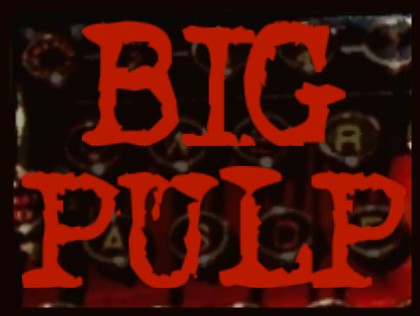(Outside Amsterdam airport)
In March, she flew to Dublin to be a guest at the Eighth Annual Phoenix Convention. She stopped in Amsterdam and had wine and lunch with an old college friend from Brussels. They found that even after a few years and so much ocean between them, they were still tied at the souls in important places, and so when their glasses were empty and the time what it was, they parted. When she arrived in Dublin, she took the 16A bus to the convention's site at The Central Hotel and would have missed her stop had she not sat next to a lovely woman who didn't say a word until Georges Street. The lovely woman wore a black coat. and was a guest in Dublin, on business, and would be speaking as an important person part of an important event. Or so it seemed, based on what she said into her telephone.Had she found that breakfast was served at the hotel downstairs, she would have avoided an embarrassing scene the first morning, which took place at a convenience store and ended with an irritated clerk, a currency problem caused by Wells Fargo, and the clerk basically giving her the bun and snapple. She ate her bun and drank her drink outside, on a cold bench on Dame Street. She leaked jam on her skirt and thought, I'm such a stupid American. (Sculpture dedicated to Yeats,
(Sculpture dedicated to Yeats,
picture by Erin Pringle, 2011)
Luckily, her day could not be totally shot since, before the bun incident, she had strolled through St. Stephen's Green and found the daffodils blooming up. She also took some pictures for her husband, like this one, of Yeats. It was a peaceful place except for all the sculptures to those who had died as part of defending Ireland during the Easter Rising or events that followed. The sculptures, then, were doing as they were intended and keeping Dublin's history present in its present.
She took part in several panels and attended several panels ranging from how to think about the event of the e-book as a writer, to the rise of the graphic novel in publishing. She drank several Baileys and promised several times to attend other, future conventions. She was told several times that the economy wasn't what it was since the last time she was there, eleven years ago. She had new thoughts about publishing, writing, and marketing and came away feeling less threatened by the e-book and more empowered by it now that she has an idea of how to think about it. On Sunday, she gave a reading in a private room in the Library Bar. The audience was warm and welcoming and took their lunch as they listened. The sun came through the windows, and the people went into the faraway places she had made for them.  (Up Georges Street, Dublin,
(Up Georges Street, Dublin,
Photo by Erin Pringle-Toungate) Then she flew back home, and hardly believed she had been in Dublin. Most of all, she came home feeling far less worried about being a writer, or reader, or general citizen of the world--because she met good people who think writing and reading is important and worth meeting to discuss. Everyone was so warm and welcoming at the Phoenix Convention, and she wishes it many more good years. She thinks of those few days in Dublin like the cool, sweet air she had felt in St. Stephen's Green.
 Her mini-story "The Rabbit" (not to be easily mistaken with her story "Rabbits" from The Floating Order) will be published in Big Pulp in March 2013. This will be her third publication with Big Pulp, which is lovely because it's one of her favorite venues.
Her mini-story "The Rabbit" (not to be easily mistaken with her story "Rabbits" from The Floating Order) will be published in Big Pulp in March 2013. This will be her third publication with Big Pulp, which is lovely because it's one of her favorite venues.








